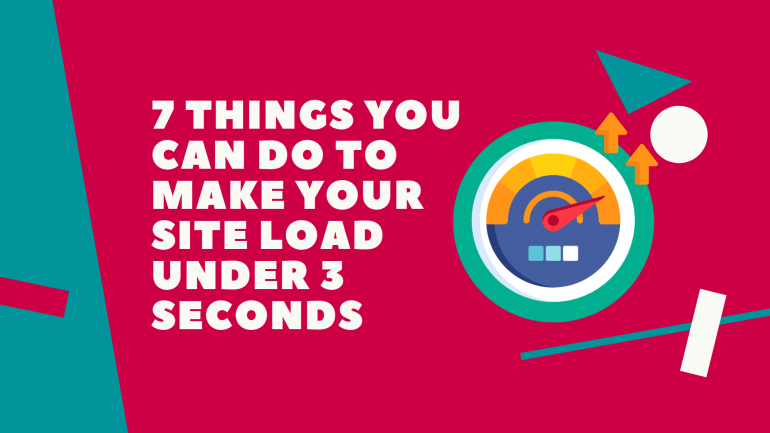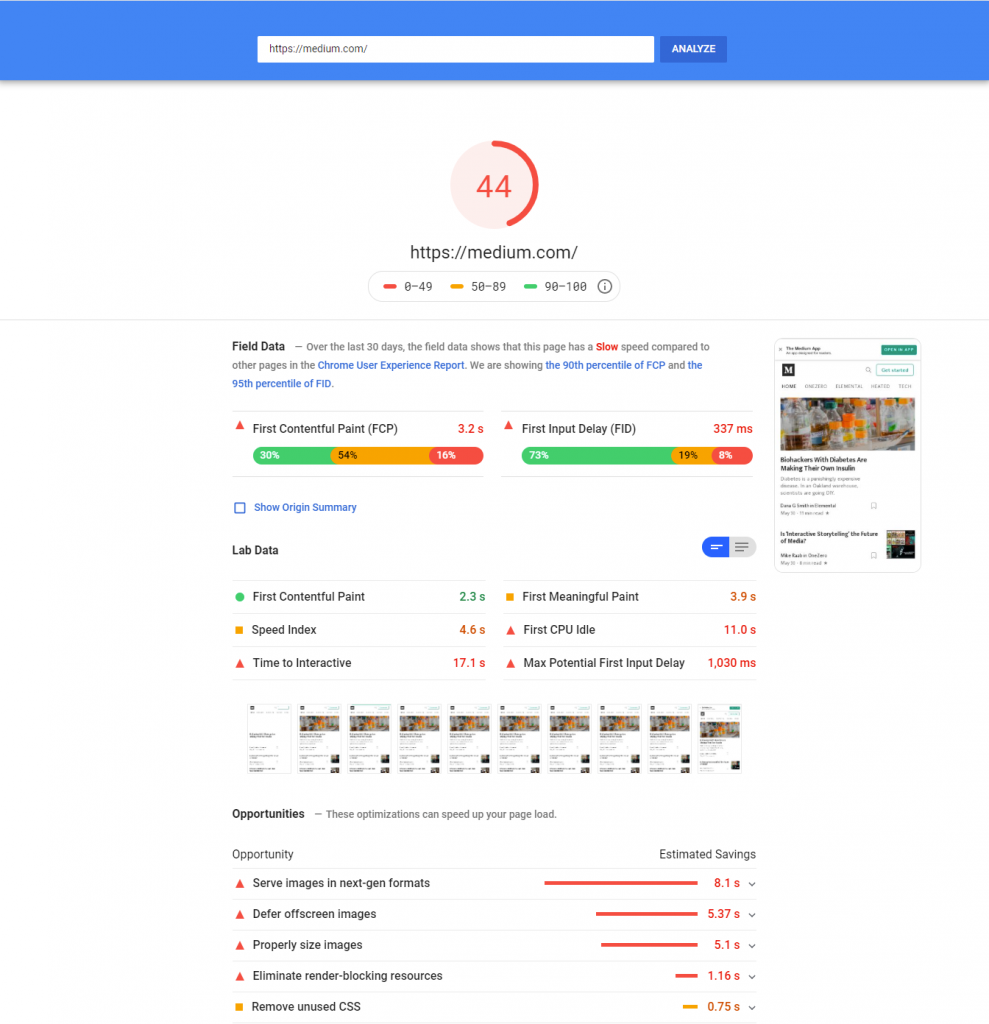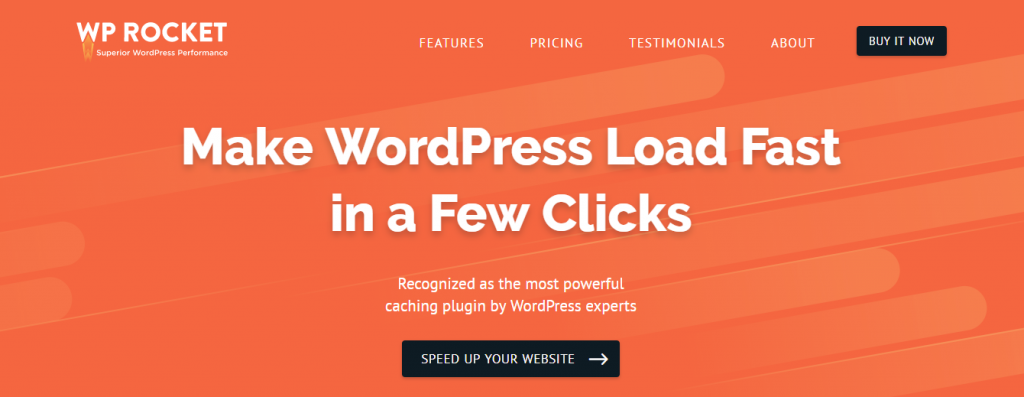Back in 2006, Amazon released a report that showed how their revenue increased by 1% for every 100 milliseconds that their website load speed got faster. Soon after, Google also made an announcement saying that, in an effort to improve the web as a whole, they will start using website load speed as a measure in search results ranking.
Ever since then, the importance of website load speed in search engine optimization and search marketing has become more apparent.
This totally makes sense. Websites that load quickly yields shorter to almost no wait times, allowing users to continue browsing quickly. On the other hand, a website that takes time to load will usually keep users waiting, up to a point when they might get bored and go to a different website altogether. Slow websites are also problematic in terms of user experience, as some components might not load properly.
To avoid unnecessary website exits, you should make sure that your website load speed is fast enough right after your visitors hit their keyboards. Take a look at these seven fundamental steps to make your website load in under 3 seconds:
Diagnose Your Site
Before you can address any other load speed problems on your website, you should know what these problems are first.
Performing a diagnostic test on your website is the first and most important step to address your load speed issue.
There might be a couple of reasons that are making your website slow and lagging such as your server’s load time, the image file sizes on your website, or how many redirects your website has.
This means that there will be a couple of factors you might end up tweaking to improve your page’s speed. A diagnostic test will pinpoint these factors and help you eliminate problems one by one.
Look for an Optimized Web Host
Your website’s hosting is the first major factor that may affect your website load speed.
Using a single shared hosting plan to carry more than two websites will definitely slow down your page speed. For better performance, it is best to use a unique hosting plan per website, especially if website traffic will be high.
In addition, your web hosting provider must also have good caching and is seamlessly integrated with a top-tier Content Delivery Network (CDN). CDNs allow website servers to temporarily store data in a number of “edge servers” that are normally scattered all over the world.
For instance, if a user from the Philippines visits a website whose source server is located in Europe, the session would be faster if there was an edge server somewhere in Singapore. This allows faster access than if it was accessed from its original source server.
Use a Caching Plugin
Caching works by storing frequently-accessed data temporarily on computers to allow quick access when needed. This eliminates the need for your device to send out multiple data requests and simply access data that are temporarily stored on your computer’s local storage.
With a caching plugin, you are allowing your website to make use of this feature. Caching plugins are very helpful, especially if you are using WordPress and other content management systems.
Some caching plugins you might want to consider are SiteGround, WP Rocket, WP Fastest Cache, or W3 Total Cache.
Minify Your Files
In a nutshell, minification is the process of lowering the file size of your website’s code and script files. It is considered among the major methods that help reduce website load speed as well as bandwidth usage of websites, making it load faster.
Websites that are built with web design outsource from the Philippines and are using heavy image files can be minimized for faster load speeds.
Files like your HTML, CSS, and JavaScript contribute to the number of requests being made by your website whenever a user browses your site. When you minify these, you drastically reduce the requests being made which cuts down the loading time of your website.
Minification also involves removing elements that are not as important, such as whitespace, unnecessary formatting, as well as some code lines that are not essential to your website. Make sure to get rid of extra spaces, line breaks, and indentations when you minify your website’s code.
Optimize Your CSS Files
Making sure that your CSS files are optimized can also help speed up your website load speed.
There are instances when the main reason for a slow website lies within a slow source code. In cases like this, the lack of a properly optimized CSS may be the culprit.
Basically, simply reducing the file size of your CSS, even by a few kilobytes, may have a significant impact on your website load speed.
Test and Monitor Results
Once you are happy with the changes you made, you should check how your changes affect your website load speed.
You can use the GWT Performance Overview, which is found in Google Webmaster Tools LABS feature, to monitor the results. Using this is probably the best as the results are based on the measurements that Google makes.
Conclusion
While the steps mentioned above might only be applicable on a case-to-case basis, it is important to analyze your website thoroughly and focus on high-impact factors first. Bringing your website load speed in under 3 seconds could be a challenging task, but is all going to be worth it. Keep in mind that you are doing this to provide a great user experience, which can help boost your site’s search rankings.









